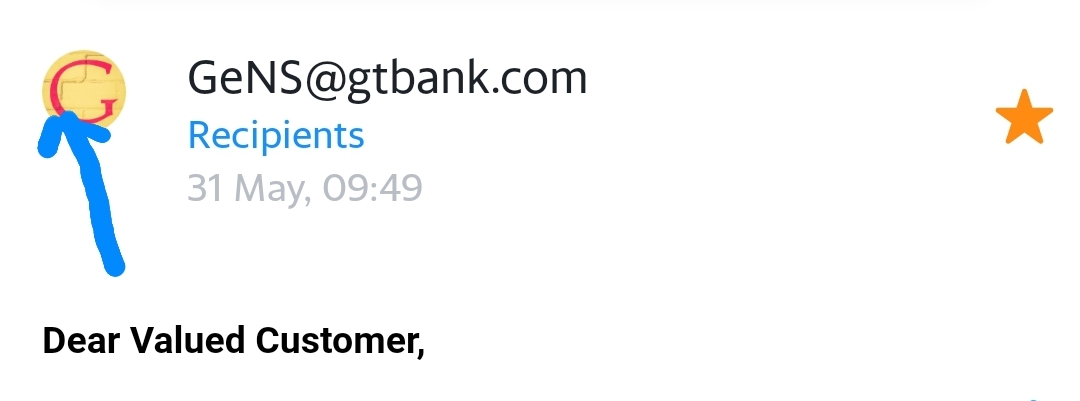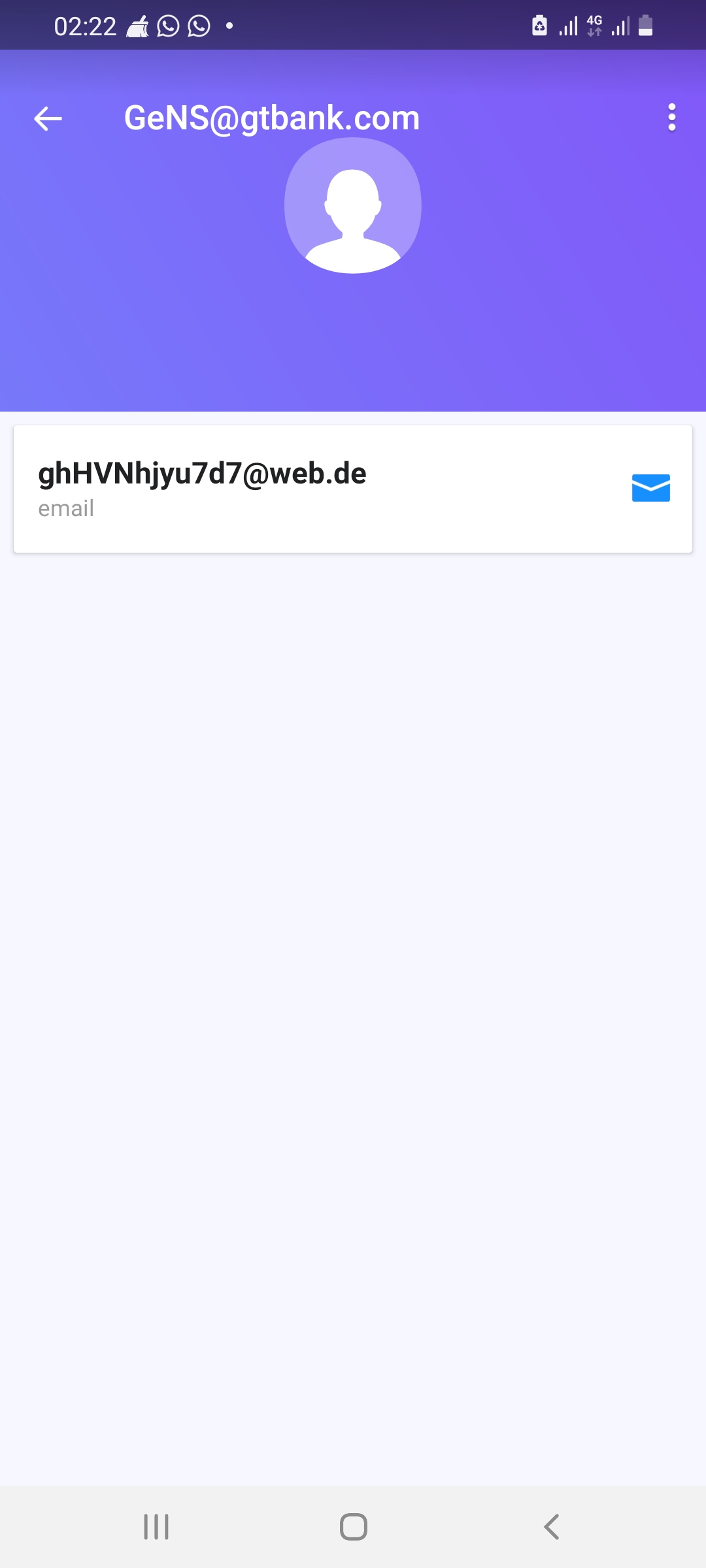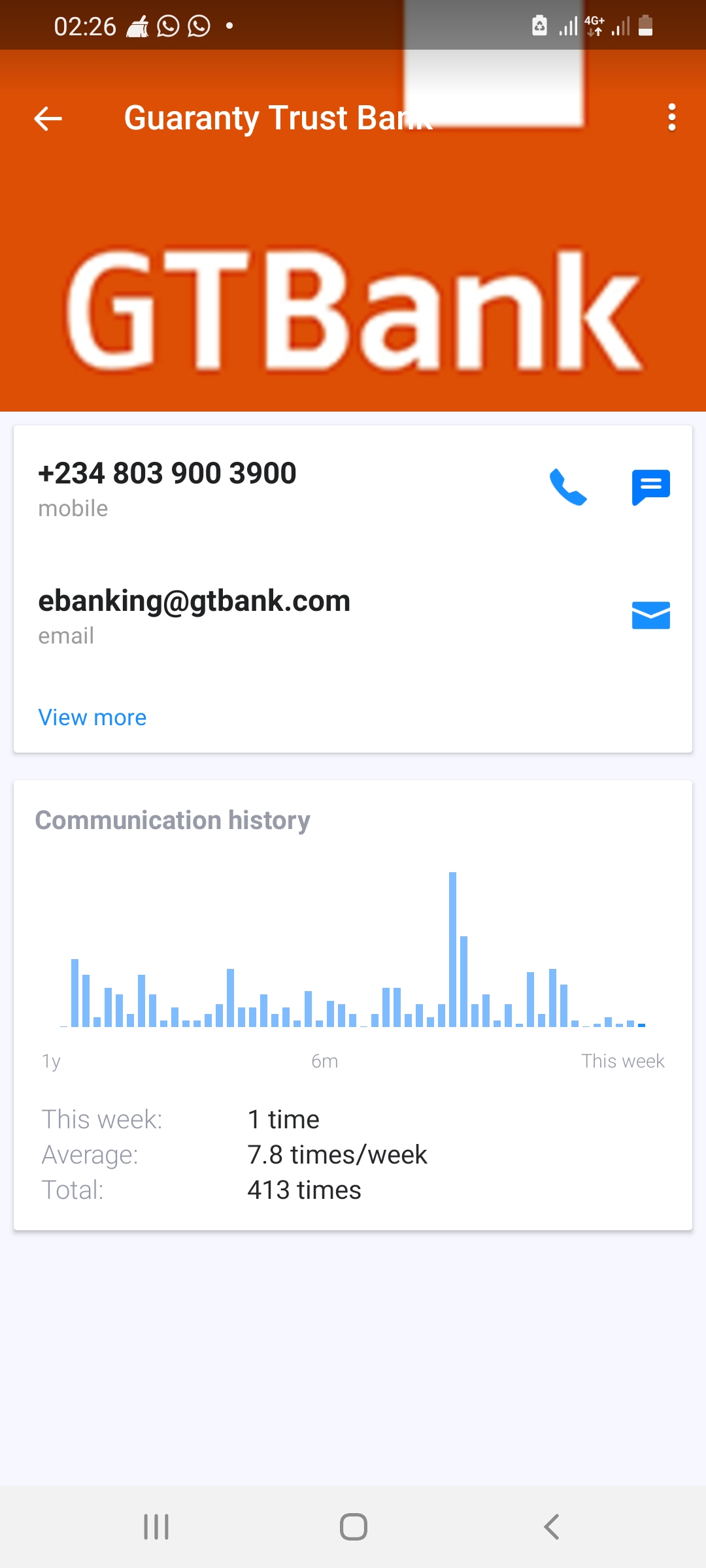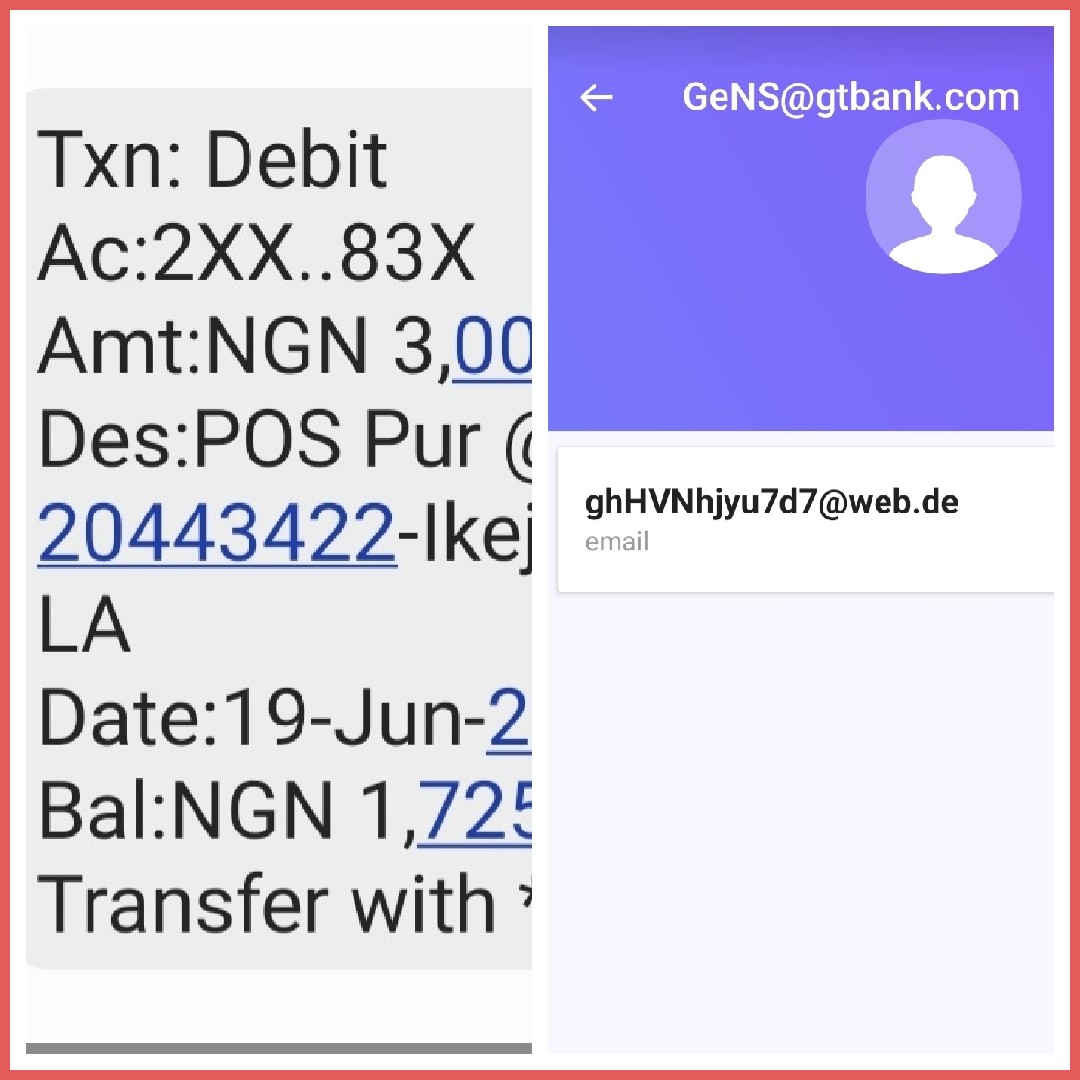Many have fallen victims of fraudsters who reap them of their money via fake bank alerts. The situation appears to be on the rise as more and more people embrace digital payments, hence, the need to identify the real bank alerts from the fake ones.
What information do these fraudsters need to send you fake bank alert?
Your phone number
Your account number
Without the above information, it is impossible for them to send you fake messages, and when you eventually figure out what they’ve done, it would be impossible to track them.
The reason is, they have a dedicated SIM card for perpetrating this evil. They figure out the format that your bank uses to send you credit or debit alerts, and copy to send to you.
Popular apps for fake bank alerts
Fake bank alerts don’t just happen. There are certain apps these criminals utilise for this crime. The following are some of apps that are used to send fake bank alerts.
Flash Fund App
Lofty SMS App
Money Prank Pro
Millionaire Fake Bank Account
Pro and fake alert maker for Android.
How do you detect fake bank alerts?
What are the red flags to look out for? You might want to scroll past this thinking you might not need it. Only victims understand how important knowing what the red flags are because they have dealt with it first-hand and it must have really hurt to see money that they’ve kept “safely” stolen without trace.
Remember, this could happen to anyone, but to prevent you from falling victim, here are the things to look out for.
Check out for misspellings
They will ask for your account number which is not out of place.
- They will ask for your phone number, and that is out of place. That’s a red flag. No one needs your phone number to send you money.
- Your account balance will not be credited. The real bank alert will show you how much you had before the alert and after the alert.
- Have a precise knowledge of how much was there before, and if it corresponds with the previous amount then you’re on track.
- If you were sent a mail, check the email source and look out for the official email address of your bank.
- Check the authenticity of the mobile app used.
Let’s take a further look about how to detect a fake bank alert transfer payment.
Check your email
Check your email that is linked to your bank – the one that is registered with your bank. If you don’t have an email for bank alerts, then you can open one and link it to your account to help you clear your doubts about the financial transaction that took place.
With this email, you also get access to your bank statement and your account balance, all in your email.
Once you received the suspected bank alert, check your e-mail source
Confiance News, however, gathered that in case you receive a fake e-mail alert, click on the icon of the email address of the sender.

It will show you whether it is from your bank or not.
If it’s from your bank, the information you see when you click on the icon of the sender’s e-mail you will see something that looks like, “ghHVNhjyu7d7@web.de.”

Confiance News stated that an authentic bank’s e-mail (GTBank for instance) will have the following features, ” mobile: +2348039003900; e-mail: ebanking@gtbank.com, Communication history.”

Balance will not be credited
This can be done using your bank USSD code or mobile banking app, you can also check your account balance through internet banking or ATM machine. A fake bank alert will never reflect in your account balance or statement.
Check the credit alert you received if it contains your available balance
Fake bank alerts will not contain your available balance so you can easily detect the fake alert if your account balance does not reflect along with transfer payment done by your customers/buyers.
Avoid clicking on links that request your bank account details
Do not give out your bank information to strangers either via email, phone call or online platform. Be warned and stay safe.
The 7 types of alert that you should know
According to “Bank Rate”, these seven alerts serve several different purposes and can help you bank better.
- Low balance alert
- Direct deposit alert
- Unusual account activity alert.
- Large purchase alert.
- Large ATM withdrawal alert.
- Debit card alert.
- Profile change alert
- Account Pro
- ATM
- Business Email Compromised
- Confiance News
- Digital payments
- fake alert maker for Android
- Flash Fund App
- Fraudsters
- Google Chrome
- Google Playstore
- How to identify fake bank alerts
- LinkedIn News
- Lofty SMS App
- Marketing
- Metaverse
- Millionaire Fake Bank
- money
- Money Prank Pro
- Nigeria
- Phoenix
- Phoenix Browser
- System manipulation
- technology
- Yahoo Boys







Leave a comment